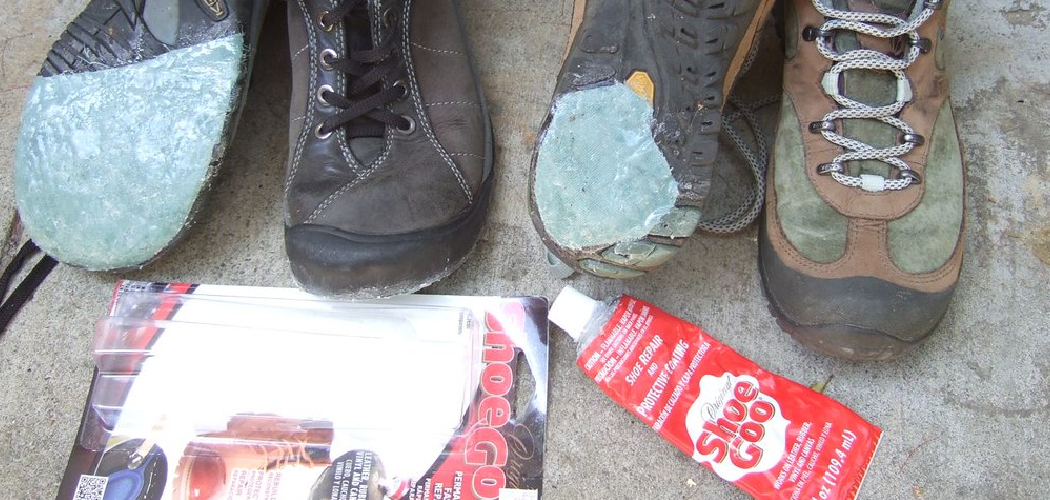What can you do when you’re in a hurry, and your shoe goo won’t dry? Well, there are a few things that you can try to help it dry faster. In this blog post, we will share with you how to make shoe goo dry faster. By following some simple tips, you will be able to speed up the drying process and have your shoes back on your feet in no time! Read on for more information.
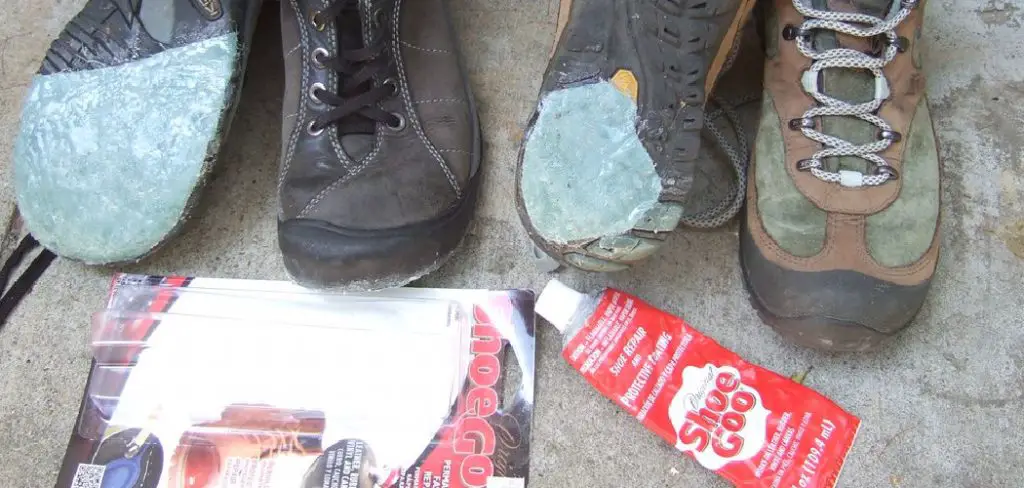
Summary: Shoe Goo is an adhesive made specifically for making repairs to rubber-soled shoes. It is a fast-drying, waterproof glue that can be used to fix small holes and tears in your shoes. To make Shoe Goo dry faster, it’s best to use a hair dryer on the area you’ve applied it to and let the air flow over the glue until it’s completely dry.
Applying a thin layer of Shoe Goo will also speed up the drying process, as thicker layers take longer to dry. Additionally, keeping your shoe away from direct sunlight or other sources of heat will help prevent the glue from hardening prematurely.
Why It’s Important to Make Shoe Goo Dry Faster?
One of the reasons it’s important to make shoes goo dry faster is that they can start to smell bad if you don’t. If the goo doesn’t dry properly, it can also cause your shoes to start to fall apart. So by following these tips, you’ll be able to speed up the drying process and avoid any.
Things You’ll Need
In order to make your shoe goo dry faster, you will need the following materials:
- A hairdryer
- Newspaper or a cloth to protect your work surface
- Shoe Goo
- Towel
- A Paintbrush
- A Heat Lamp
A Step by Step Guide on How to Make Shoe Goo Dry Faster
Step 1: Prepare the Surface:
Clean and dry the surface where you will be working. This is important because you do not want any dirt or debris to affect the result.
So be careful while you’re working – make sure you’re in a clean and dry area and that no dirt or debris is getting in the way.
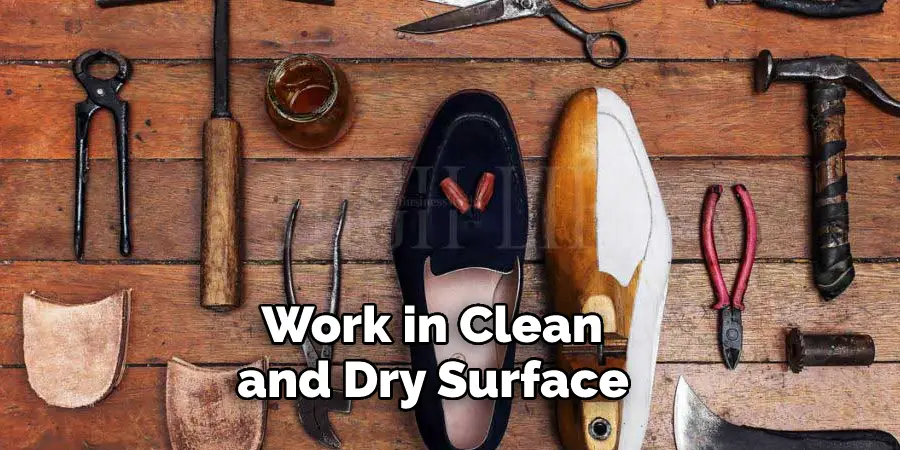
Step 2: Use a Paintbrush:
Once the Shoe Goo is evenly applied, use a paintbrush to help spread it out and ensure even coverage. This will allow it to dry faster. Make sure to avoid getting the Goo on your clothing, as it can be difficult to remove.
If you’re worried about getting the Shoe Goo on your hands, you can use a protective glove to avoid any messes. If you don’t have a paintbrush, you can use a Q-tip to help spread the Shoe Goo evenly.
Step 3: Check Everything Works Well:
Now, you have to wait for the adhesive to dry and then check everything works well. After it dries, put a little pressure on it and make sure it sticks. If it doesn’t, you can add more Shoe Goo. Next, check the thin layout if it feels like the Shoe Goo is still too wet; wait a little longer until it feels more solid.
Step 4: Let the Thin Coat Dry:
Once you have applied the thin coat of Shoe Goo, let it dry completely. For large projects, this can take up to 24 hours. For smaller projects, it can take as little as an hour. Make sure you check the label on the Shoe Goo for specific drying times.
If you’re in a hurry, you can use a hairdryer to speed up the drying process. Turn the hairdryer to its highest setting and point it at the Shoe Goo for about 10 minutes. Keep a close eye on the project, as the Shoe Goo can start to melt if it gets too hot.
If you don’t have a hairdryer, you can use a heat lamp. This will help to evaporate the water more quickly and allow the adhesive to be set up faster.
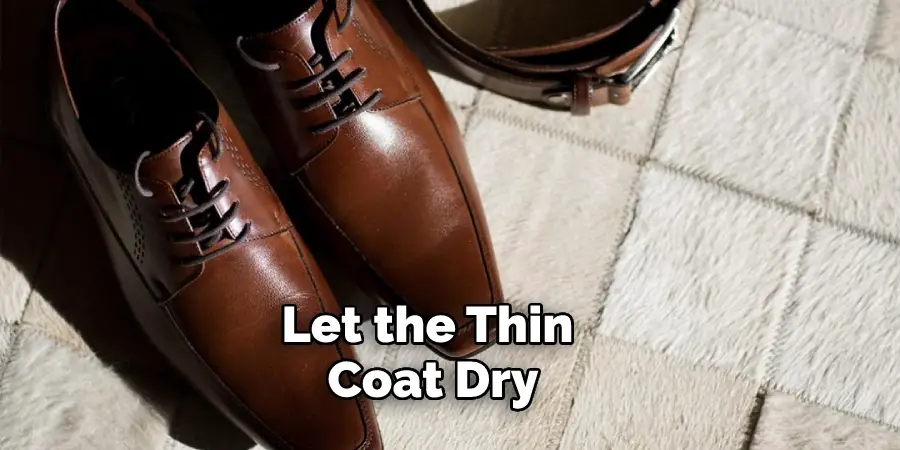
Step 5: Apply a Second Thin Coat of Shoe Goo
After the first coat of Shoe Goo dries, apply a second thin coat. Allow the second coat to dry completely before moving on to the next step. This will help ensure that your shoes are properly protected.
Step 6: Place Shoes in a Warm Area to Speed Up Drying Time;
If you’re in a hurry, place your shoes in a warm area to speed up the drying process. This can be done by using a hairdryer on low heat or placing them near a heating source. However, if you do this, keep an eye on them to make sure they don’t overheat. You don’t want to damage your shoes by using too much heat!
Step 7: Clean the Cap for Storage:
Now that your shoe Goo is dry, it’s time to put the lid back on. Make sure to clean off any dried goo from the top of the cap and the container’s threads before replacing it. This will help keep the adhesive fresh and ready to use next time.
Step 8: How To Use Shoe Goo Again:
Once your shoe Goo has dried, you can use it again by adding a little bit of water. This will make it easier to apply and will help it stick better. You can also use a toothbrush to help spread the adhesive around evenly. Finally, if you have any leftovers, you can store them in an airtight container for later use.
Now that you know how to make shoe goo and use it, you can fix your shoes in no time! It is an easy process, but it’s also a very affordable way to repair your shoes. So the next time they start to wear down, don’t throw them away – grab some Shoe Goo and give them a new lease on life!
Making your repairs with Shoe Goo is a great way to save money, and it’s also a fun project. Just make sure you follow these steps to ensure your repair is successful. If you want to know more about how to make shoe goo dry faster, keep reading.
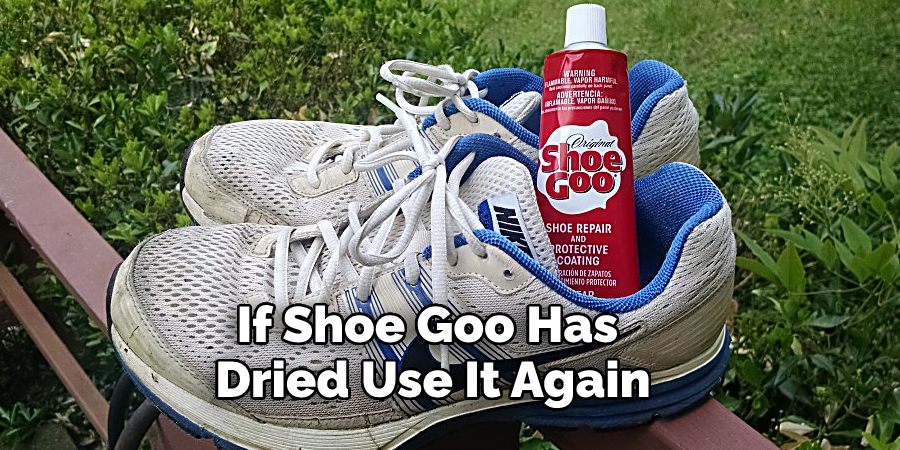
Tips and Warnings
Tips:
- To help the Shoe Goo dry faster, try using a hairdryer on a low heat setting.
- If you are in a hurry, you can also try using a blow torch to help speed up the drying process. Just be careful not to burn the shoe!
- Another way to help the Shoe Goo dry faster is to place the shoes in an area that receives a lot of air circulation.
Warnings:
- Be very careful when using a hairdryer or blow torch, as you can easily damage the shoes if you are not careful.
- Make sure the Shoe Goo is completely dry before you wear the shoes, as wet Shoe Goo can cause your feet to become very uncomfortable.
Drying Shoe Goo Faster & Precautions
There are a few things you can do to make shoes Goo dry faster. First, you can use a hairdryer on the “cool” setting to help it dry. You can also apply a thin coat of paint or lacquer over the dried Shoe Goo to help it set and protect it from moisture.
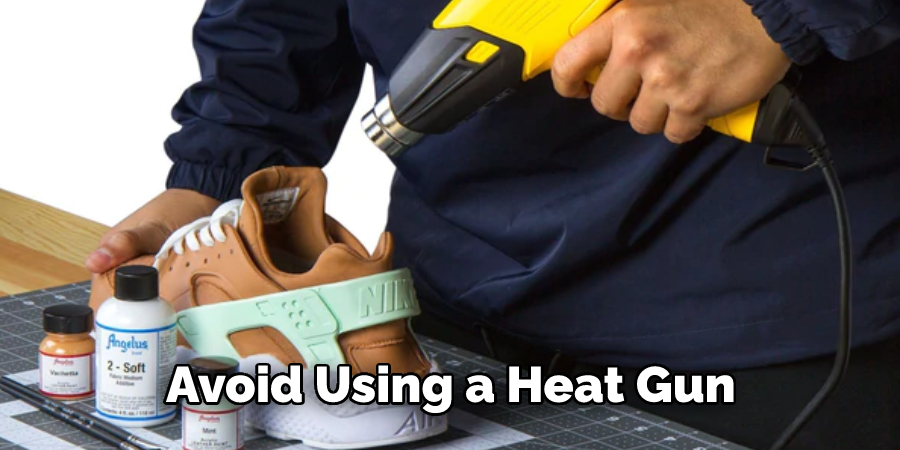
Be sure to follow the instructions on the Shoe Goo can carefully, since applying too much or using the wrong type of heat can cause the Shoe Goo to become brittle and crack.
If you’re in a hurry, you can also apply a small amount of super glue to the area where the Shoe Goo was applied. Just be careful not to get the superglue on the shoe itself, or it will be difficult to remove.
How Do You Make Shoe Goo Dry Faster?
You can do a few things to help the Shoe Goo dry faster. First, make sure the surface is level and clean before you start. Then, remove any debris or dust with a brush or vacuum. You also want to make sure the area is well-ventilated, so open a window or use a fan to circulate the air.
You can also help the Shoe Goo to dry faster by using a hairdryer. Hold the hairdryer about 6-8 inches away from the surface and slowly move it back and forth. Don’t forget to use the cool setting so you don’t melt the glue!
Finally, make sure you apply a thick enough coat of Shoe Goo. If the surface is too thin, the glue won’t dry properly, and you’ll be left with a mess. A good rule of thumb is to apply at least 2-3 coats, letting each coat dry completely before applying the next.
With these tips, you should be able to make your shoe Goo dry faster and avoid any problems. Keep reading for more information about how to make shoe goo dry faster.
Which Type of Shoes Should I Use When Making My Shoe Goo?
You can use several types of shoes when making your shoe goo. When choosing a shoe, the most important factor is how porous the material is. For example, leather is a more porous material than fabric, so that it will dry faster. If you’re using a shoe that isn’t very porous, you can speed up the drying process by using a hairdryer on low heat.
Another way to make shoes goo dry faster is to apply a thin layer. This will help the material dry faster without making the shoes too stiff. Be sure to let the shoes air-dry for at least 24 hours after applying the goo, and avoid wearing them until they are completely dry.
You can also use a heat gun to speed up the drying process if you’re in a hurry. Just keep the gun at least 18 inches away from the shoes and use it on low heat. You should also avoid using a heat gun if your shoes are very delicate material, such as silk.
Frequently Asked Question
What Are the Benefits of Using Shoe Goo?
There are many benefits to using Shoe Goo. It can be used to fix a torn shoe, protect the shoe from the elements, and make the shoe more comfortable. Additionally, Shoe Goo dries quickly and is easy to use.
There are many benefits of using Shoe Goo. Some of these benefits include:
- The ability to repair shoes
- The ability to create a water-resistant barrier
- The ability to add traction to shoes
Is There a Faster Way to Make Shoe Goo?
There is no definitive answer to this question. Some people have suggested using a hairdryer in the “cool” setting, while others have recommended using a fan. Experiment with different methods to see what works best for you.
What Are Some Other Ways to Speed up The Drying Process?
There are a few other things you can do to speed up the drying process. First, make sure the surface you are working on is dry and clean, and use a fan to help circulate air around the goo. You can also try using a heat gun on low heat to help speed things up.
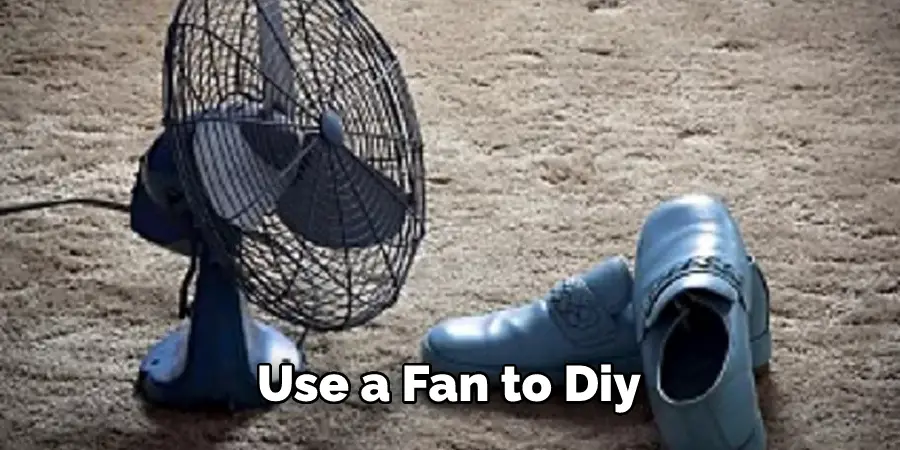
Why Is It Important to Make Sure that Your Shoes Are Completely Dry Before You Put Them Away?
One of the most important things to remember when you’re using shoe goo is to make sure that your shoes are completely dry before you put them away. If you don’t, the adhesive in the shoe goo will not cure properly, and your shoes may not be as strong as they should be.
How Can I Make My Leather Shoes Last Longer and Keep Their Shape Better?
One way to make your leather shoes last longer and keep their shape better is to apply a shoe goo coat before putting them away. This will help protect them from wear and tear, and it will also help keep their shape better.
You Can Check it Out to Fix Dry Rot Shoes
Conclusion
So there you have it! Three easy tips to help your shoe goo dry faster. By following these simple steps, you can speed up the drying process and get back to enjoying your shoes sooner. Have you tried any of these methods before? What works best for you? Let us know in the comments below! Thanks for reading our post about how to make shoe goo dry faster.

